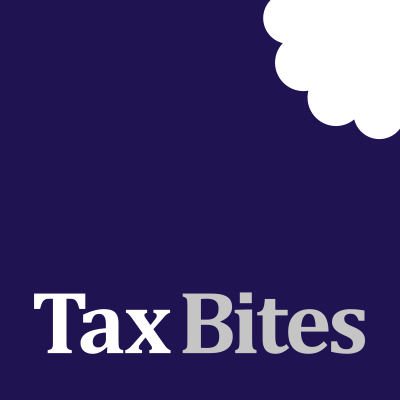
Skinner’s an Entrepreneurs’ Relief winner!
6th September 2019
Posted in Articles, Capital Gains Tax by Forbes Dawson
Background
This week we report upon a welcome defeat for HMRC in the case of The Quentin Skinner 2005 Settlement L & Ors v The Commissioners for HM Revenue & Customs. This case considered the availability of Entrepreneurs’ Relief (‘ER’) on trust business assets.
Quentin Skinner was the major shareholder in DPAS Ltd (‘the Company’) which carried on the business of administering private dental plans and dental insurance. On 11 August 2015 Mr Skinner made gifts of 55,000 ordinary shares in the Company to trusts set up for his three children. Each child had been granted an interest in possession in the trusts on 30 July 2015. Each child also held shares which accounted for 5.78% of the Company’s ordinary share capital in their own right. On 1 December 2015 the trustees disposed of the shares and made a claim for ER.
The ER legislation relating to trusts
Section 169J TCGA 1992 provides that a trustee disposing of shares will qualify for ER in certain circumstances.
Condition A is that there must be a “qualifying beneficiary”. This is defined in .169(3) as an individual holding an interest in possession in the whole of the trust property, or at least a part which consists of or includes the assets being disposed of.
Condition B, as defined by s.169(4), is that throughout a period of 12 months (which was the qualifying ER period at that time) ending not earlier than three years prior to the disposal of the shares:
- The company is either a trading company or holding company of a trading group and the qualifying beneficiary’s personal company (NB: at that time this meant holding shares which constituted 5% of the ordinary share capital and entitled the holder to 5% of the voting power of the company);
- The qualifying beneficiary is an officer of employee of the company or (if the company is a member of a group of companies) of one or more companies in the group.
There was no dispute in this case that Condition A was met at the time of the disposal, and that Condition B had been satisfied within the three year time period. However, HMRC argued that the references to the “qualifying beneficiary” in Condition B meant that Condition A also had to be met during the same period. As Mr Skinner’s children had only held an interest in possession in the trusts since July 2015 it was HMRC’s view that ER should not be available to the trustees.
HMRC’s position
HMRC looked to s.169O in support of their position. This section provides an apportionment rule in relation to trusts where more than one person holds an interest in possession but not all are “qualifying beneficiaries” (for example, if only one beneficiary holds 5% of the shares in their own right). It works by apportioning the relief at “the material time”. HMRC hit upon the fact that the “material time” is defined as the end of the period referred to in Condition B. This, they said, proved that the individual had to be a qualifying beneficiary throughout the same period. HMRC argued that it would be absurd for the trustees to be able to benefit from ER simply through a “tick box” exercise, by granting an interest in possession for what might amount to a very short space of time prior to their disposal.
The decision
The Tribunal was not persuaded by HMRC’s “rather oblique” arguments and attempts to rely upon subsidiary legislation. Furthermore, the Judge pointed to the fact that when Parliament had introduced the ER legislation in 2008 the Explanatory Notes had stated, in reasonably clear terms, that the requirements set out in Condition B were by reference to the qualifying beneficiary already identified by Condition A. If not, why was Condition A spelt out separately? The Judge concluded that Parliament’s intention in imposing Condition B was merely to require some form of “entrepreneurial connection” between the Company and the underlying beneficiary and that this condition had been satisfied.
Our view
In our view, the Tribunal reached the right conclusion in this case. Professional advisers have for some time thought that HMRC’s interpretation of the legislation, as set out in their manuals CF63985, was not in accordance with the law. The conventional view is that the “qualifying beneficiary” test takes a snapshot at the date of disposal, such that it is only necessary for the interest in possession to be in place at that time. It will be interesting to see whether HMRC decides to appeal.
As a small aside, it is worth noting that had the trustees been seeking to obtain ER under current rules then we think their claim would have failed. The Government made changes to the ER rules in 2018 which mean that in order to meet the personal company test the individual must now satisfy the “economic requirements” of being entitled to either 5% of distributions or 5% of proceeds on a return of capital of the Company. Records at Companies House show that the children only satisfied the 5% condition by holding a large number of ‘dummy’ shares i.e. shares that carried no income or capital rights, but gave them sufficient ordinary share capital and voting power to exceed the threshold.



